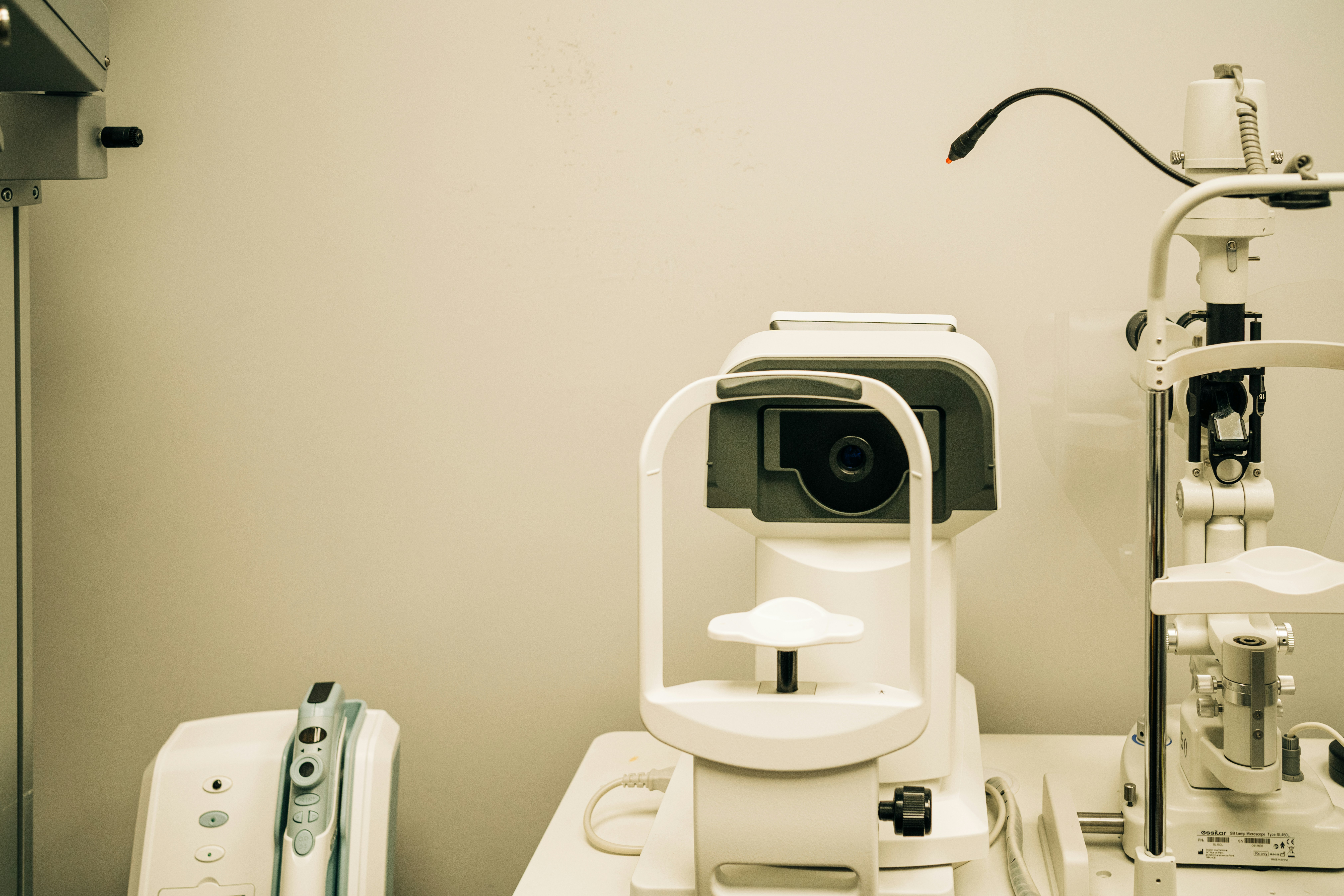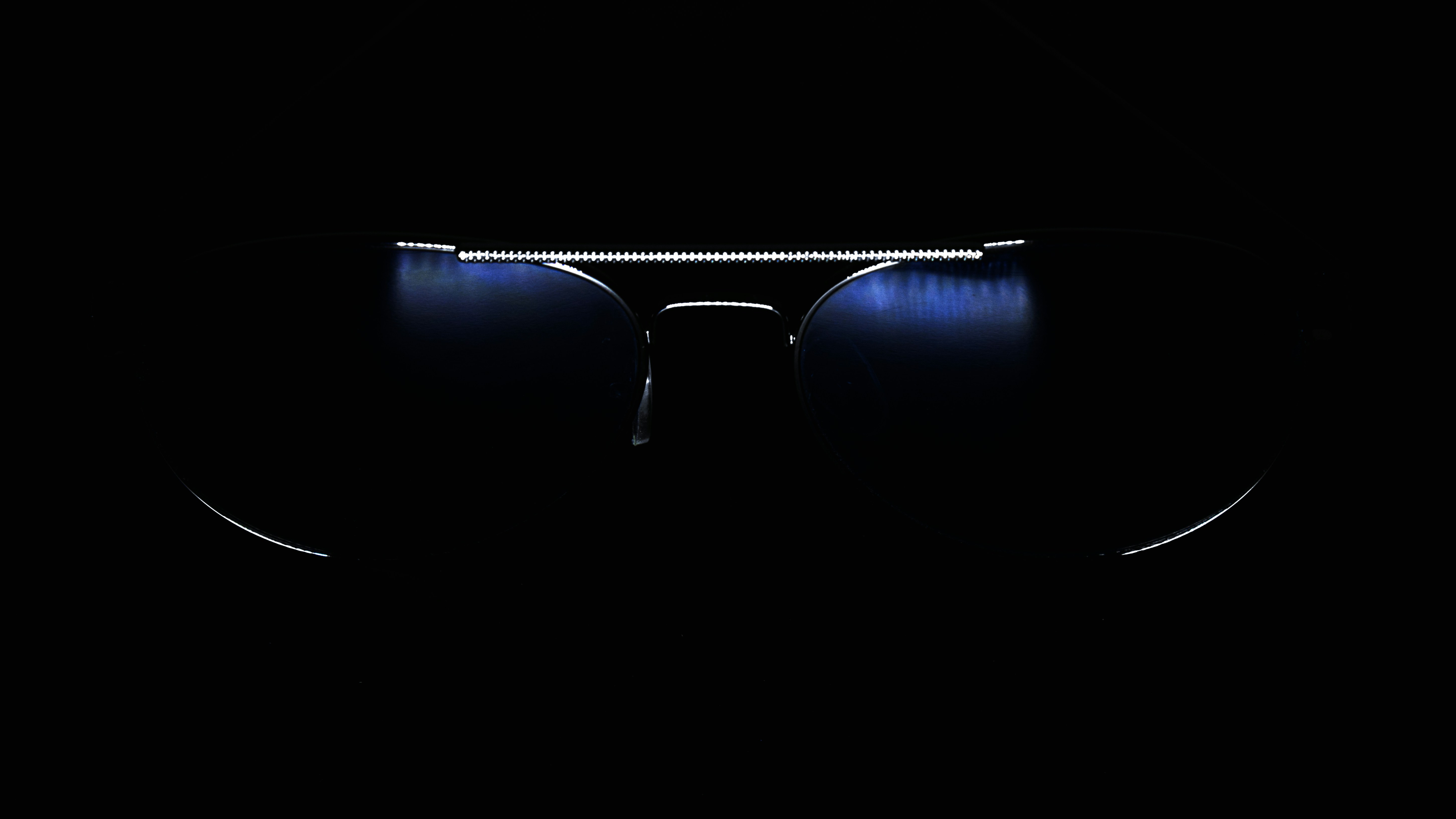- Clinical Ocular Prosthetics Clinical Ocular Prosthetics Clinical Ocular Prosthetics is a groundbreaking and comprehensive work that fills a long-standing gap in ophthalmic literature. Written by Keith… Read more: Clinical Ocular Prosthetics
- AI at the Eyelid: Smart Glasses That Track Health Through Your BlinksAI at the Eyelid: Smart Glasses That Track Health Through Your Blinks Researchers at the University of Pennsylvania have introduced a breakthrough… Read more: AI at the Eyelid: Smart Glasses That Track Health Through Your Blinks
- Borish’s Clinical Refraction Second Edition-What’s newBorish’s Clinical Refraction Second Edition When one looks at the history of optometry, few works have shaped the profession as profoundly as Borish’s… Read more: Borish’s Clinical Refraction Second Edition-What’s new
- The Importance of Comprehensive Eye Examinations: What You Need to KnowIntroduction to Comprehensive Eye Examinations A comprehensive eye examination is an essential part of maintaining optimal ocular health. This thorough assessment typically… Read more: The Importance of Comprehensive Eye Examinations: What You Need to Know
- What is Blue Light and Impact of Blue Light on Eye HealthWhat is Blue Light and Impact of Blue Light on Eye Health What is Blue Light? Blue light is a specific wavelength… Read more: What is Blue Light and Impact of Blue Light on Eye Health
- Top Optometry Colleges in Canada: 2025 Guide for International and Local StudentsTop Optometry Colleges in Canada Canada emerges as a highly appealing destination for students seeking to pursue a degree in optometry. With… Read more: Top Optometry Colleges in Canada: 2025 Guide for International and Local Students
- Oculomotor Nerve (CN III) Palsy NotesOculomotor Nerve (CN III) Palsy notes Image The human nervous system is a marvel of design, and within it, the cranial nerves… Read more: Oculomotor Nerve (CN III) Palsy Notes
- Transforming Lives: A Journey Through Presbyopia CorrectionUnderstanding Presbyopia and Presbyopia Treatment Presbyopia is a common refractive error that typically manifests in individuals as they reach middle age, often… Read more: Transforming Lives: A Journey Through Presbyopia Correction
- Understanding Anti-Reflective Coating: Benefits, Types, and ApplicationsWhat is Anti-Reflective Coating? Anti-reflective coating, commonly known as AR coating, is a specialized treatment applied to optical surfaces, particularly lenses, to… Read more: Understanding Anti-Reflective Coating: Benefits, Types, and Applications
- Essential tips for optometrists to ensure a proper Swinging Flashlight TestHere are some essential tips for optometrists to ensure a proper Swinging Flashlight Test for detecting Relative Afferent Pupillary Defect (RAPD): 1.… Read more: Essential tips for optometrists to ensure a proper Swinging Flashlight Test
- Procedure of Bruckner TestBruckner Test The Bruckner test is a simple yet very useful objective assessment for diagnosing abnormalities of the eye and refractive errors.… Read more: Procedure of Bruckner Test
- Near Addition Lenses for Myopic ChildrenNear Addition Lenses for Myopic Children Study Overview • The study aimed to compare two methods for determining personalized near addition lens… Read more: Near Addition Lenses for Myopic Children
- Understanding and Managing School Myopia: A Clinical PerspectiveUnderstanding and Managing School Myopia: A Clinical Perspective As an optometrist, one of the most common vision concerns I see in children… Read more: Understanding and Managing School Myopia: A Clinical Perspective
- Managing Allergic Eye Conditions:Managing Allergic Eye Conditions: A Comprehensive Guide to Topical Antihistamine Eye Drops As an optometrist, managing allergic eye conditions is something I… Read more: Managing Allergic Eye Conditions:
- Basics of Lensometry and Lensometry TipsBasics of Lensometry and Lensometry Tips Lensometry, an indispensable component of optometry, plays a pivotal role in ensuring optimal vision correction. A… Read more: Basics of Lensometry and Lensometry Tips
- Optometry Inventory Management: A Guide for OptometristsWhat is optical inventory management software? I’d like to introduce you to a powerful tool that can streamline your practice, improve efficiency,… Read more: Optometry Inventory Management: A Guide for Optometrists
- Breakthrough in Vision Restoration: The PRIMA Bionic Chip Lets Blind Patients Read Again A revolutionary retinal implant called the PRIMA bionic chip is giving hope to patients with macular degeneration. Read about how this wireless microchip helps the blind see and what experts say about its future. For generations, blindness from retinal degeneration—especially age-related macular […]
- Vitreous Cyst: A Rare and Fascinating Ocular Finding A 20-year-old female presented with complaints of floaters in her right eye. On fundus examination, a smooth, pigmented, mobile cystic body was observed near the optic disc — a classic presentation of a vitreous cyst. What makes this case interesting is the absence of any history of […]
- Warning against Cosmetic Contact lens From the American Academy of Optometry and the American Academy of Ophthalmology Secretary for Quality of Care This statement applies to anyone who may consider getting contact lenses without a proper prescription and/or without proper contact lens care. Summary Patients using cosmetic (costume, theater, colored, decorative) lenses from stores or […]
- In a first-of-its-kind surgery, a team led by a University of Maryland Medical Center (UMMC) neurosurgeon has successfully removed a rare cancerous tumor wrapped around the spine and spinal cord of a 19-year-old woman – through her eye socket (orbit). Although surgeons use a “transorbital” approach to access tumors in the brain and sinuses, this […]
- National Vision Scholarship: National Vision Holdings Inc. has opened submissions for its 2025–2026 annual scholarship program, offering optometry students the chance to earn up to $7,500 in awards. National Vision has announced the opening of applications for its 2025–2026 National Vision Scholarship Program, inviting optometry students to share their perspectives on how emerging technologies are transforming the […]
- Parts of Human Eye: Structure, Function, and How We See Image Credit – Smart Biology The human eye is an extraordinary organ that allows us to perceive the world around us. Every part of the eye plays a critical role in vision, working together to focus light and send signals to the brain. Eye LidThe […]
- Cataract surgery remains the most commonly performed surgery worldwide, with nearly 28 million procedures taking place each year. Yet, despite its prevalence, only a small percentage of patients—around 10 to 15%—receive advanced intraocular lenses (IOLs) designed to address presbyopia and astigmatism. Johnson & Johnson’s latest innovation, the TECNIS PureSee™ IOL, aims to change that reality. This […]
- Innovations in Ocular Regenerative Medicine: Perspective By Fahmina Jawed As an optometrist and educator, I am constantly reviewing new research in eye care to understand how it can improve patient outcomes. Recently, I explored the latest breakthroughs in ocular regenerative medicine, a rapidly evolving field that is redefining treatment options for patients with previously untreatable […]
- Giant Papillary Conjunctivitis (GPC): Clinical Features, Causes, and Optometric Management Meta description: Read about Giant Papillary Conjunctivitis (GPC), its causes, clinical signs, symptoms, and evidence-based management strategies from an optometrist’s perspective. Giant Papillary Conjunctivitis (GPC) is a chronic inflammatory condition of the superior tarsal conjunctiva, most commonly associated with contact lens wear. Although the condition […]
- Iridocorneal Endothelial (ICE) Syndrome: A Practical Guide for Optometrists Among the many conditions that mimic glaucoma, Iridocorneal Endothelial (ICE) syndrome stands out for its complexity and clinical challenges. It is rare, usually unilateral, and progressive, presenting with a triad of abnormal corneal endothelium, iris changes, and secondary angle-closure glaucoma. For optometrists, recognizing the signs of […]
- Trichiasis and Distichiasis: Understanding the Differences Our eyelashes are designed to protect the eyes by keeping dust and debris away. But when they grow abnormally or in the wrong direction, they can cause significant irritation and even damage to the cornea. Two such conditions are trichiasis and distichiasis. Although they may look similar to patients, […]
- Identify this condition See the video here – https://www.facebook.com/share/r/1ZaWioLzcn/?mibextid=wwXIfr ✅ Correct Answer: C) Abducent nerve (CN VI) The lateral rectus muscle, which pulls the eye outward (abduction), is innervated by the Abducent nerve (CN VI). When CN VI is affected, the lateral rectus becomes paralyzed. This means the medial rectus (innervated by CN III) acts […]
- Soemmering’s Ring Soemmering’s ring is a ring-shaped accumulation of retained lens epithelial cells and cortical material that forms between the posterior capsule and the edge of the anterior capsule remnant following extracapsular cataract extraction (ECCE) or phacoemulsification. It is a benign, age-related or post-surgical finding, often observed years after cataract surgery. While it is usually […]
- Conjunctival Papilloma Conjunctival papilloma is a benign squamous epithelial tumor that appears as a fleshy, lobulated, or cauliflower-like mass on the conjunctiva. It may be pedunculated (with a stalk) or sessile (broad-based), and its origin is closely linked to human papillomavirus (HPV) infection, most commonly types 6 and 11. In addition to viral causes, UV […]
- Learn how to confidently diagnose, monitor, and manage conjunctival naevus as an optometrist. Discover key clinical signs, referral guidelines, and follow-up recommendations.














